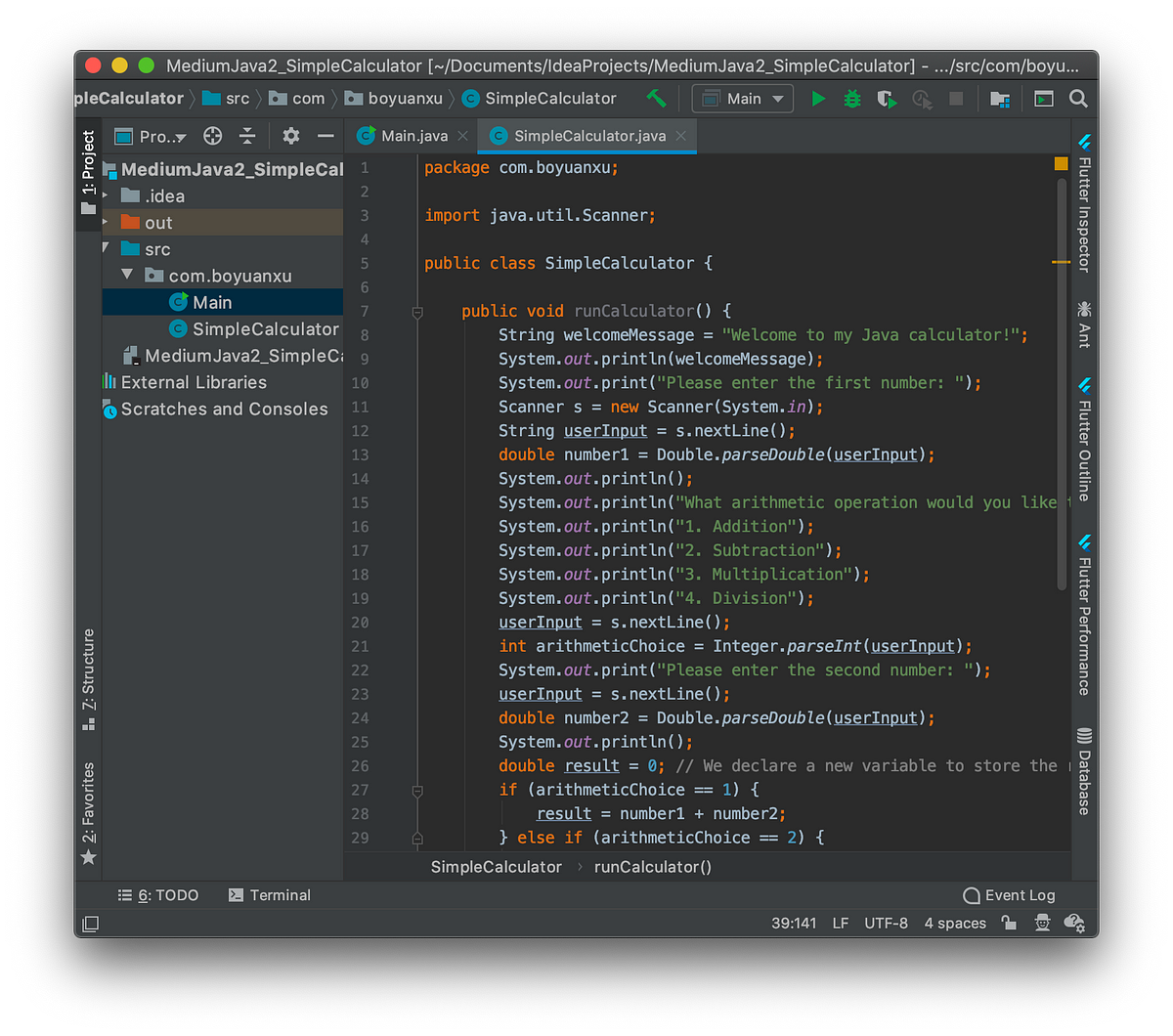


As you seen before in the class diagram, A client should use a Builder interface to create products. This would be tricky to get exactly right (what if the user casts the Builder back to a UnsetBuilder?) but with some effort would do what you're looking for. Implementation of Builder Pattern in Java. We should follow the naming convention and if the class name is Computer then builder class should be named as ComputerBuilder. First of all you need to create a static nested class and then copy all the arguments from the outer class to the Builder class. Then we can call something like: builder().setValue("A").build() īut we'd get a compile-time error if we tried to call: builder().setValue("A").setValue("B").build() īecause setValue() returns Builder, which lacks a setValue() method, therefore preventing the second case. Builder Design Pattern in Java Let’s see how we can implement builder design pattern in java. It encapsulates the logic of constructing the different pieces of the product. Definition The builder pattern provides a build object which is used to construct a complex object called the product. Person.Builder builder = new Person.Builder().setLastName("Jones") įor(String firstName : jonesFamilyFirstNames) This article describes the 'Builder' design pattern and its implementation in the programming language Java with Java 8. One nice thing about builders is they can let you construct multiple different objects from the same builder: List jonesFamily = new ArrayList() Instructions for finding and building the latest Scene Builder source code. Additional information: Scene Builder 2.0 Installation Guide.

There are a couple of ways to accomplish what you're describing, lets explore them: JavaFX Scene Builder 1.1 includes a Java Runtime Environment: Third Party Licenses Readme for the JRE. Summary Public methods build public QueryProductDetailsParams. If users can't be confident the builder will succeed even if it compiles, you're introducing additional complexity users now need to understand and account for. public static class extends Object Included in documentation by the annotations: Annotations.ProductDetails Builder that helps construct QueryProductDetailsParams.Product. The idea behind the builder pattern is to let users write fluent, readable object definitions, and compile-time safety is a big part of that. There's nothing wrong with raising an exception if a user calls a method in an illegal way like you describe, but it's not terribly elegant. Custom Product Builder builds custom dynamic product builder applications with scalability in mind by using the latest web standards and technologies to allow for easy updating via a simple text editor or a full blow content management system backend.NET, XML, JavaScript, Java, Perl, or any other programming language you can conjure up.


 0 kommentar(er)
0 kommentar(er)
